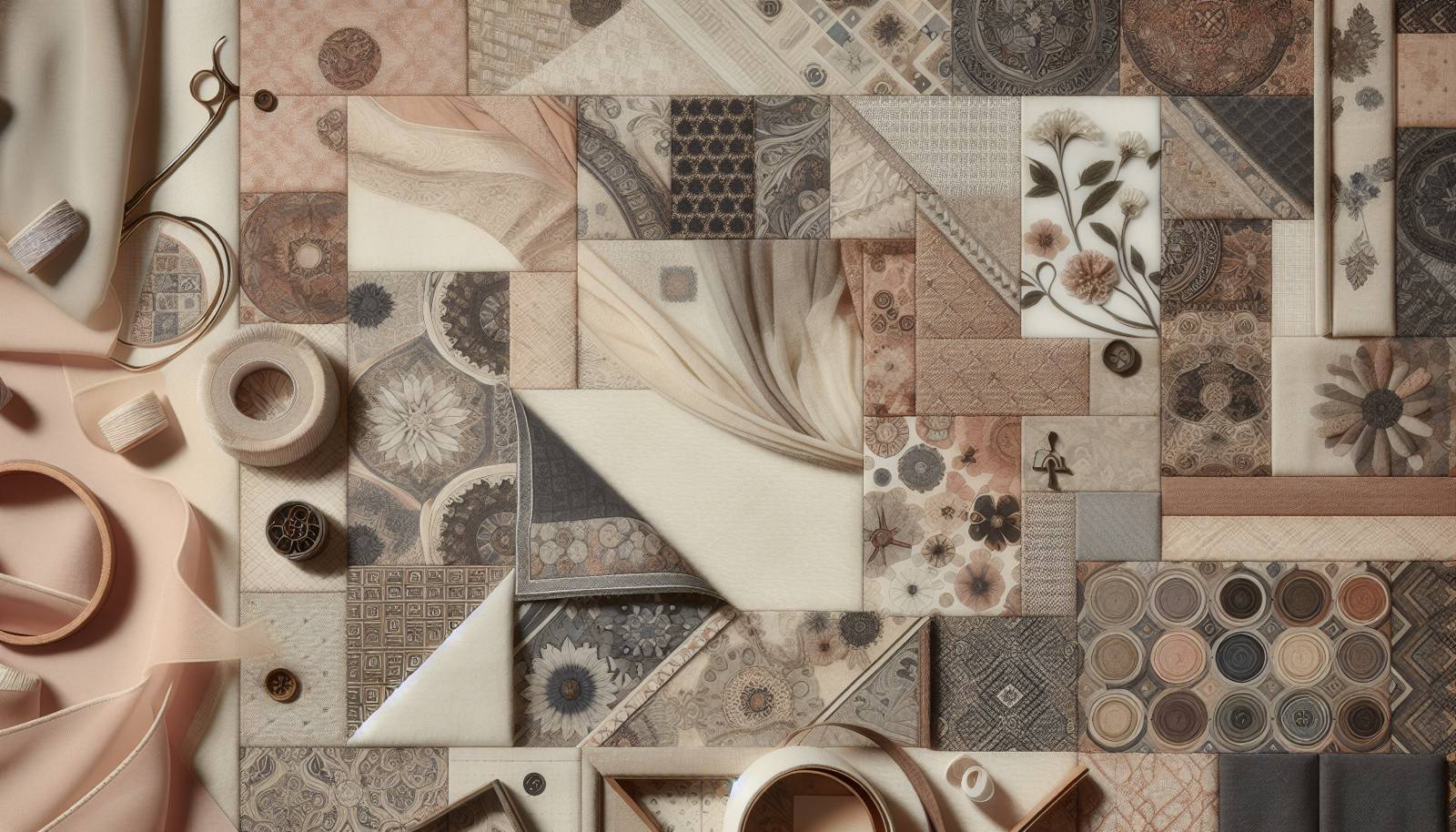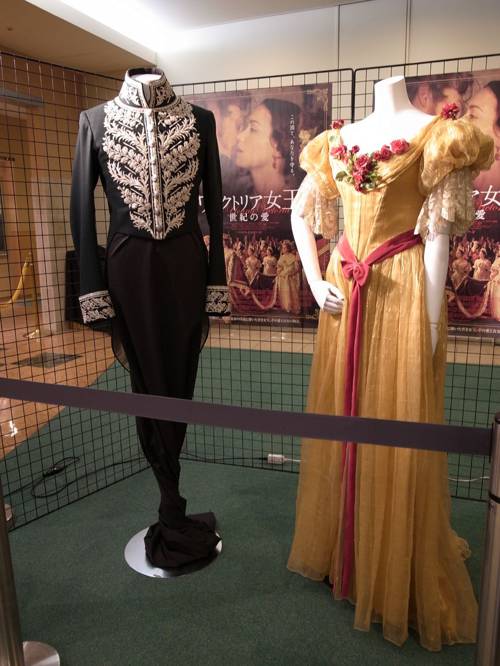
FAQ About Role of Cinematic Costuming in Historical Accuracy

What is the role of cinematic costuming in films?
Cinematic costuming plays a crucial role in films, especially period dramas, as it helps establish the time period, cultural context, and character traits. Costumes can enhance storytelling by visually conveying information that needs little or no verbal explanation.

How does costuming affect historical accuracy in films?
Costuming directly influences historical accuracy by providing visual cues that represent a specific time and place. Detailed research is required to ensure costumes accurately reflect historical clothing, including fabric, color, and style, which can influence audience perception of a film's authenticity.

Why might filmmakers choose to alter historical costuming for a film?
Filmmakers might alter historical costuming for several reasons: to fit modern aesthetics, ensure actors’ comfort, convey thematic elements, or due to budget constraints. Sometimes costumers take creative liberties to highlight certain narrative aspects or to make historical narratives more appealing to current audiences.

What are some examples of historically accurate costuming in films?
"Lincoln" (2012) and "Elizabeth" (1998) are praised for their attention to historically accurate costuming. Designers for these films conducted extensive research to replicate the materials, and fashion styles worn during these periods, enhancing the viewer's immersion into the historical period depicted.

How can inaccurate costuming influence audience perceptions?
Inaccurate costuming can mislead audiences about the historical context, perpetuate stereotypes, and diminish the credibility of the film. It can cause viewers to question the film’s overall accuracy and affect their understanding of the time period.

What methods do costume designers use to ensure historical accuracy?
Costume designers often use primary sources such as paintings, photographs, fashion archives, and historical texts. They may also consult historians and experts or visit museums to study original garments. This research helps designers create costumes that are as true to the period as possible.

How has digital technology influenced costume design for historical films?
Digital technology allows for more precise costume design and visualization before production. It can also be used to digitally alter or enhance costumes in post-production, which can help with historical precision or overcoming practical limitations during filming.

What is the impact of budget constraints on the historical accuracy of costumes?
Budget constraints can limit the material selection, construction quality, and quantity of costumes, potentially compromising historical accuracy. Designers might need to get creative, using less expensive materials or re-using costumes to maintain the semblance of authenticity within budgetary limits.

Why is storytelling through costuming important in period dramas?
Storytelling through costuming in period dramas is crucial because it aids in character development, setting the tone, and enhancing plot dynamics. Costumes can articulate wealth, status, personality, and even emotional arcs, subtly supporting the narrative and historical context.

Can modern fashion influences sometimes seep into historical films' costuming?
Yes, modern fashion influences can sometimes seep into historical films' costuming. Designers may incorporate contemporary styles to appeal to audiences or to update the look for stylistic reasons, though this can impact historical authenticity.

What is the relationship between cultural storytelling and cinematic costumes?
Cinematic costumes contribute significantly to cultural storytelling by accurately representing the sartorial choices of the era, showcasing cultural norms, and helping audiences connect with different historical periods. Costumes can act as visual symbols that carry cultural significance and convey more than just an aesthetic value.

How do costume designers balance creative expression and historical accuracy?
Costume designers balance creative expression and historical accuracy by blending thorough research with creative storytelling. While they strive for authenticity, designers may introduce creative elements to highlight themes or character nuances, ensuring the costumes serve the film’s narrative effectively.

What are common challenges faced by costume designers when creating historically accurate costumes?
Common challenges include finding authentic materials, replicating specific garment construction techniques, and working within budget constraints. Designers may also face difficulties in capturing certain details absent in the historical record or when balancing historical accuracy with the director's vision.

How do audience expectations influence historical costume design in films?
Audience expectations can greatly influence historical costume design, as viewers often seek visual authenticity and spectacle. Designers must navigate these expectations while considering practical and artistic requirements to create costumes that resonate with audiences and remain true to the period.

What impact does historically accurate costuming have on a film’s reception?
Historically accurate costuming can enhance a film’s credibility, improve critical reception, and increase audience immersion. Films that pay attention to costume details are often praised for their effort in bringing the past to life, which can be a significant selling point.

How do costume designers ensure diversity and representation in historical films?
Costume designers ensure diversity and representation by researching diverse clothing styles and cultural attire of the period and including them in their designs. This includes highlighting lesser-known historical narratives and ensuring all groups from the period are represented accurately and respectfully.

Has the role of cinematic costuming evolved over time?
Yes, the role of cinematic costuming has evolved with advancements in technology, increased focus on historical accuracy, and changing audience expectations. Today, there is a greater emphasis on detailed research and authenticity to enhance the storytelling and cultural representation in films.

Are there any awards recognizing excellence in historical costume design in films?
Yes, several awards recognize excellence in historical costume design, including the Academy Awards (Oscars) for Best Costume Design and the BAFTAs. These awards honor designers who excel in creating costumes that elevate the narrative and visual authenticity of films.

What is the impact of color choices in historical costuming?
Color choices in historical costuming can influence the mood, symbolize themes, and convey messages about characters or settings. Designers select colors that were available and fashionable in the period to enhance authenticity and align with the film's aesthetic and narrative intentions.

How do répétitions of historical costumes in multiple films affect audience perceptions?
Repetition of historical costumes in multiple films can lead audiences to form fixed images of certain periods, potentially skewing their understanding if these representations are not accurate. It's important for filmmakers to be mindful of these perceptions and strive for variety to present a more nuanced view of history.
